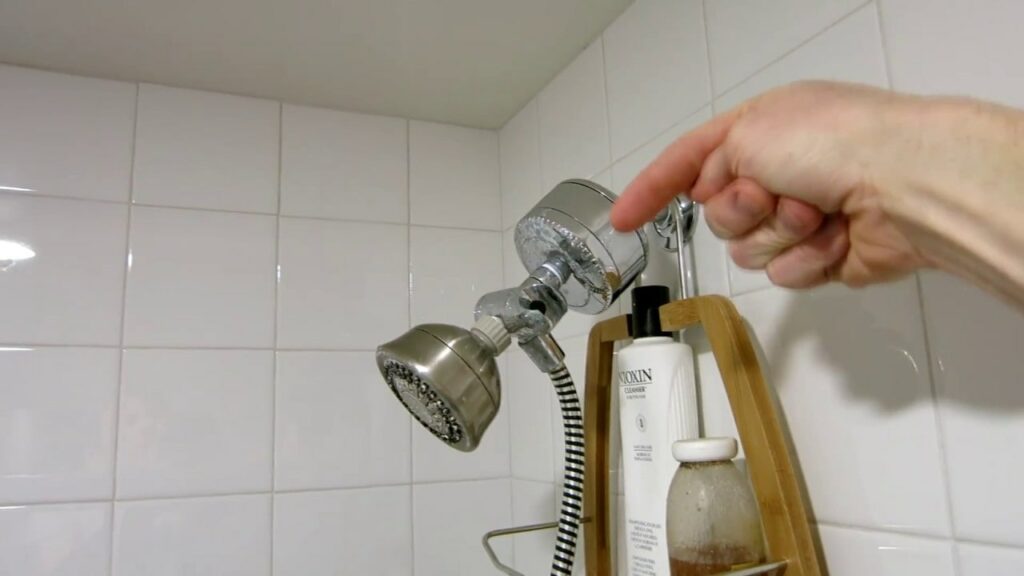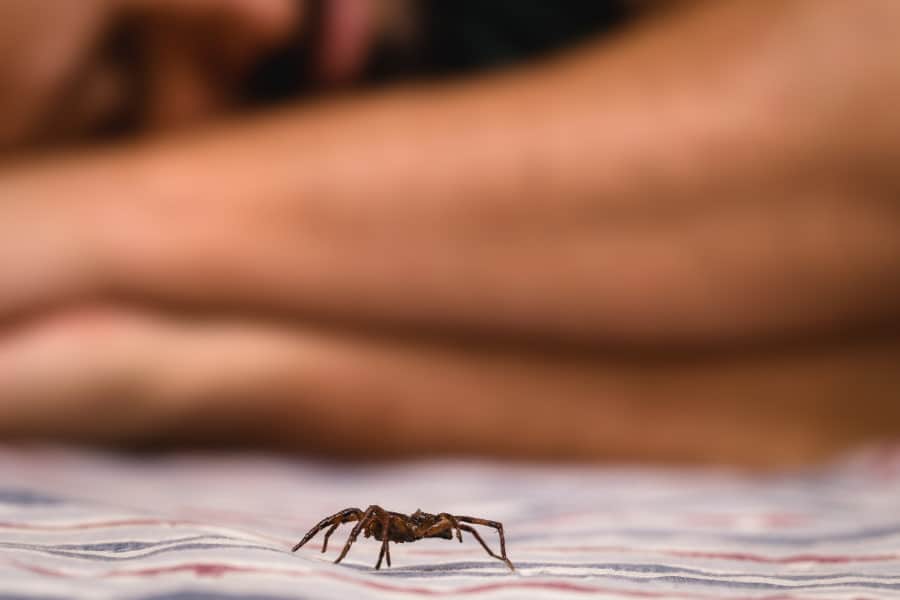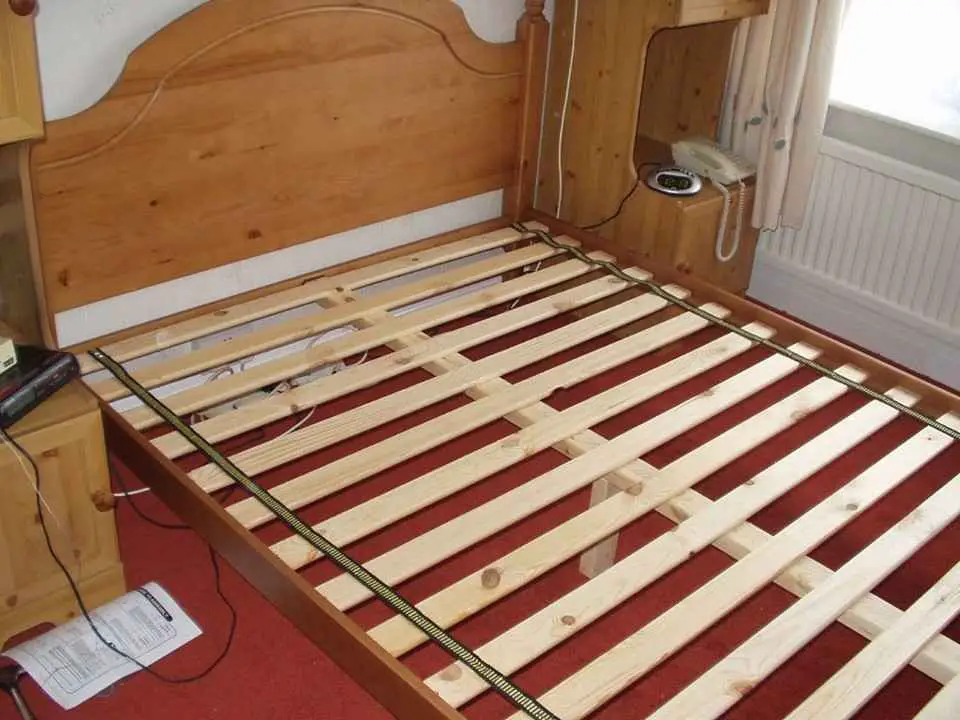Careless drilling into any walls is extremely dangerous as your walls have electrical wires throughout your home, find them!
Even hanging a picture frame might be dangerous if you hammer a nail in the wrong place.
Any electrical mishap that leads to electrocution, a short circuit, or an electrical fire puts everyone in the house in danger.
To minimize electrocution and harming your wiring, always use a wire or circuit tracer before drilling into a wall in your home.
You will also learn to utilize socket- and lead-based tracers in this article to protect yourself when performing home renovation tasks.
We have discussed to find electrical wires in your walls, and avoiding hitting wires while drilling or working on any DIY project but how can you find a wire within a wall?
We are here to help you out!
Let’s go!
6 Ways to Tracing Electrical Wires in Your Walls:
1. Use Magnetic Stud Finder:
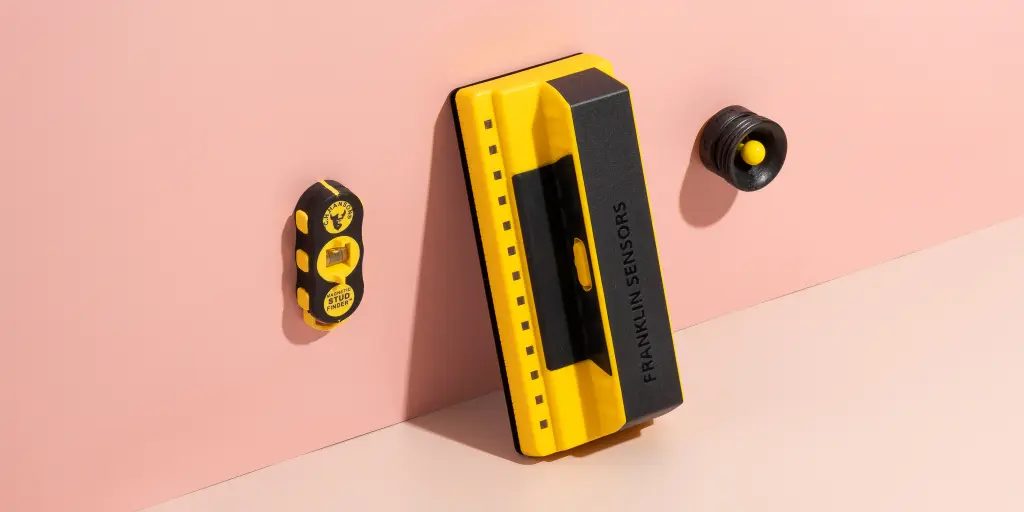
Stud finders identify the wires that hold your walls up.
Magnetic stud finders are quite popular among both homeowners and professionals.
A magnetic stud finder uses a magnet to detect the nails and screws that hold your wall structure together.
Just slide the stud finder horizontally while putting it up against the selected wall.
Wires are typically put in this orientation to make it easier to locate them.
Every time the magnetic stud finder activates, use painter’s tape to mark the location.
While you’re through, you’ll have an excellent notion of which spots to avoid when drilling into your wall.
2. Use an electrical wire detector to find wires:

An electrical wire detector is another tool you can use to find hidden electrical lines.
When it notices an active electrical current, this device sends out a signal.
While some detectors can only detect wires through drywall, others can detect wires even through concrete.
Connect your wire detector to a power outlet that is close to the area you want to check.
If you have a live wire detector, it is best to shut off the circuit breaker for that portion of your home.
The transmitter and receiver make up the entire apparatus.
The transmitter is plugged into the outlet, and it sends a signal along the network of wires running through the wall.
The receiver will catch that signal and display the location of the wires.
To locate the cables inside your wall, tilt the receiver horizontally, it’s best to start at the outlet and work your way out.
Hold your receiver against the wall in the ideal position for a precise readout.
Painter’s tape can be used to indicate where an electric signal has been detected so you know where to avoid drilling.
3. Use of Electrical Stud Finder:
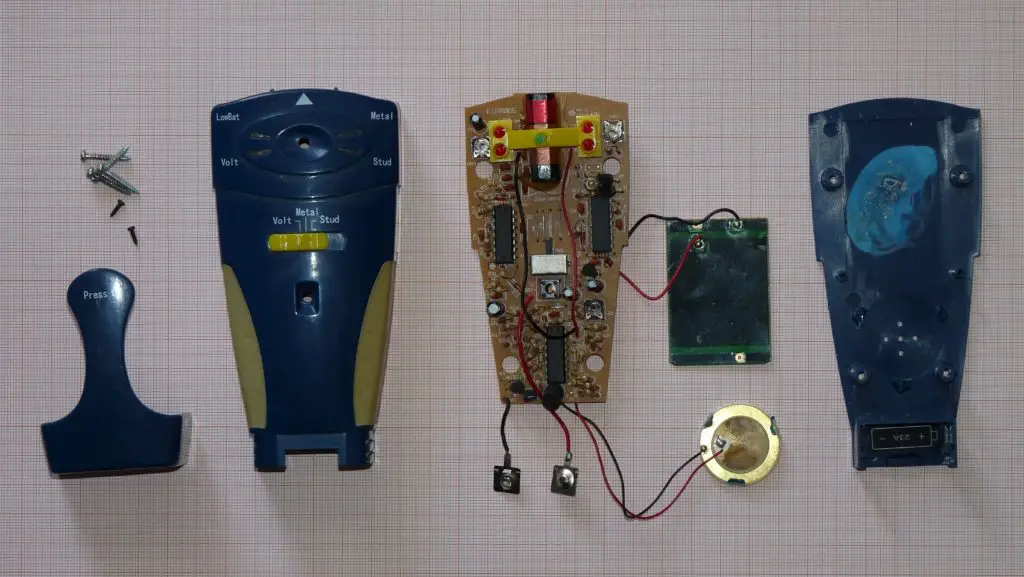
In contrast to a magnetic stud finder, an electronic produces a changing electrical field when it passes over a wall stud.
A stud finder with AC wire detection is the easiest equipment to find electrical wires in your walls.
You can use these stud finders to look for electrical currents inside walls.
You’ll be able to identify the location and direction of the cables.
The electronic stud finder should be moved horizontally along your wall.
A sound or a blinking light will go off when it locates a stud in the wall.
Mark the spot whenever you receive a signal from the finder so you’ll know which areas of your wall to avoid.
4. Make use of a scope camera:

Even though stud finders can be quite useful in locating studs and, ultimately, electrical wiring, behind your walls, you might choose to look.
If you don’t mind a little temporary hole in your wall, this tool will be most helpful to you.
You can look inside your wall with a flexible scope camera.
When precise locations and routing will be known, you can be sure that the locations you decide to drill or hammer are completely safe.
Keep in mind that everything inside your walls is completely dark. Purchase a telescopic camera with a powerful light mounted on it.
You can purchase a camera with night vision if you want to spend a little extra money.
Before purchasing a scope camera, think about the video quality: blurry video won’t help locate wiring behind walls.
To photograph your intricate wiring system, your camera should also be nimble enough to manoeuvre past obstacles and around tight turns.
5. Use a blueprint:

Getting hold of your home’s current electrical schematics is the quickest and most practical way to find electrical wires in your walls.
You will get a precise map of wire placements thanks to these plans. You will also be aware of which circuit breaker is assigned to each room in your home.
It will require these designs if you intend to adjust your electrical circuits or carry out significant home modifications in every room.
You won’t be able to get a complete picture of your electrical system with stud finders and wire detectors alone.
These drawings are available from your construction business or the local government.
6. Make your identification:

Another strategy is to logically consider the electrical work that is put up.
As you are aware, the wall outlet is nearby and the wall’s wiring runs horizontally.
Due to the presence of an outlet nearby, you can infer an approximate placement for the wires.
Turn off the power before you begin drilling through the wall in case your estimation was off.
Some Safety Measures While Looking for Electrical Wires:
- There is typically some risk while handling electrical components.
- Remember to exercise common sense safety precautions when looking for wires inside your walls.
- And before you start drilling or pounding into your interiors, be sure of your detection.
- Before turning off the circuit breaker in the location where you intend to check for electrical wiring, unplug all of your equipment.
- In case there isn’t enough light while you work, keep a flashlight close by.
- Be sure to use your tools while wearing gloves and safety glasses if you plan to drill a small hole in the wall for a scope camera.
- If you’re unsure if the wires are live or not, avoid making contact with the interior of the wall.
- You should speak with a qualified electrician if you have any questions about the procedure.
FAQ: How do Find Electrical Wires in Your Walls?
Q1. How do you identify a broken electrical wire?
Luckily, by doing a continuity test on a circuit, an instrument known as a standard multimeter can function as a broken wire locator.
The wire can be repaired or replaced after the location of the break is identified.
Q2. How Can a Wire Be Traced Without Power?
To locate wires in your walls, use a magnetic or electrical stud finder.
You can also use a voltage detector or a neon circuit tester to determine whether a particular wire is live.
If certain cables within your wall are entangled with others, these instruments can also assist you in tracing those wires.
Q3. How are electrical wires placed inside brick walls?
You may discover wires in a wall using either an electric or a magnetic stud finder.
Metal nails are found in wall studs using a magnetic stud finder.
When an electronic stud finder enters a denser area of a wall, a little electrical field produces changes.
Conclusion:
There are different methods to find electrical wires in walls. A scope camera, electric wire detector, or a variety of stud finders are also choices.
It’s essential to know which gadget best fits your demands and level of experience.
Use caution and wear safety equipment whenever you use a method.
You may move forward with the repair or decorating work without concern about the map of the wires in your walls.
Section Under: How To




